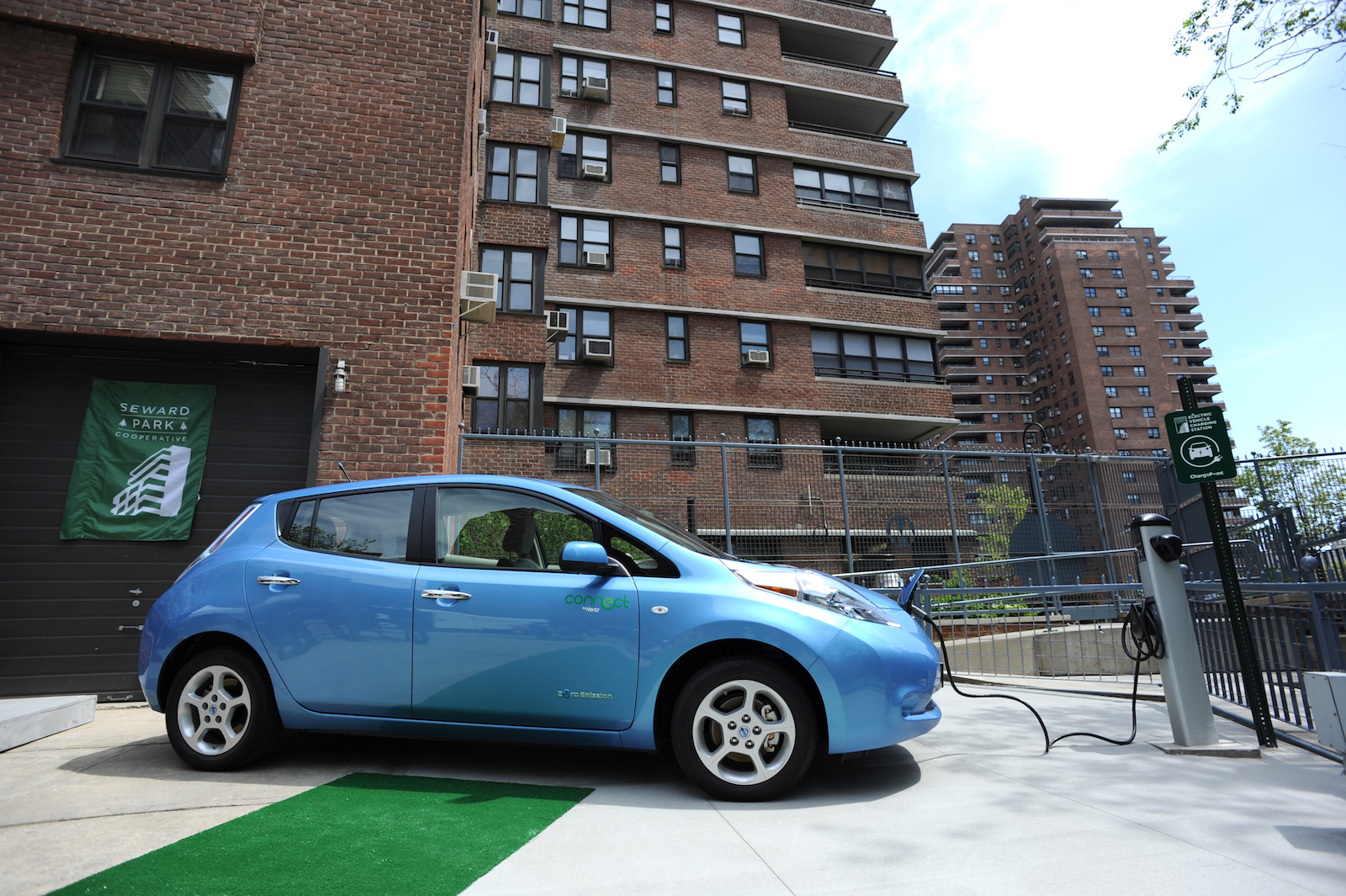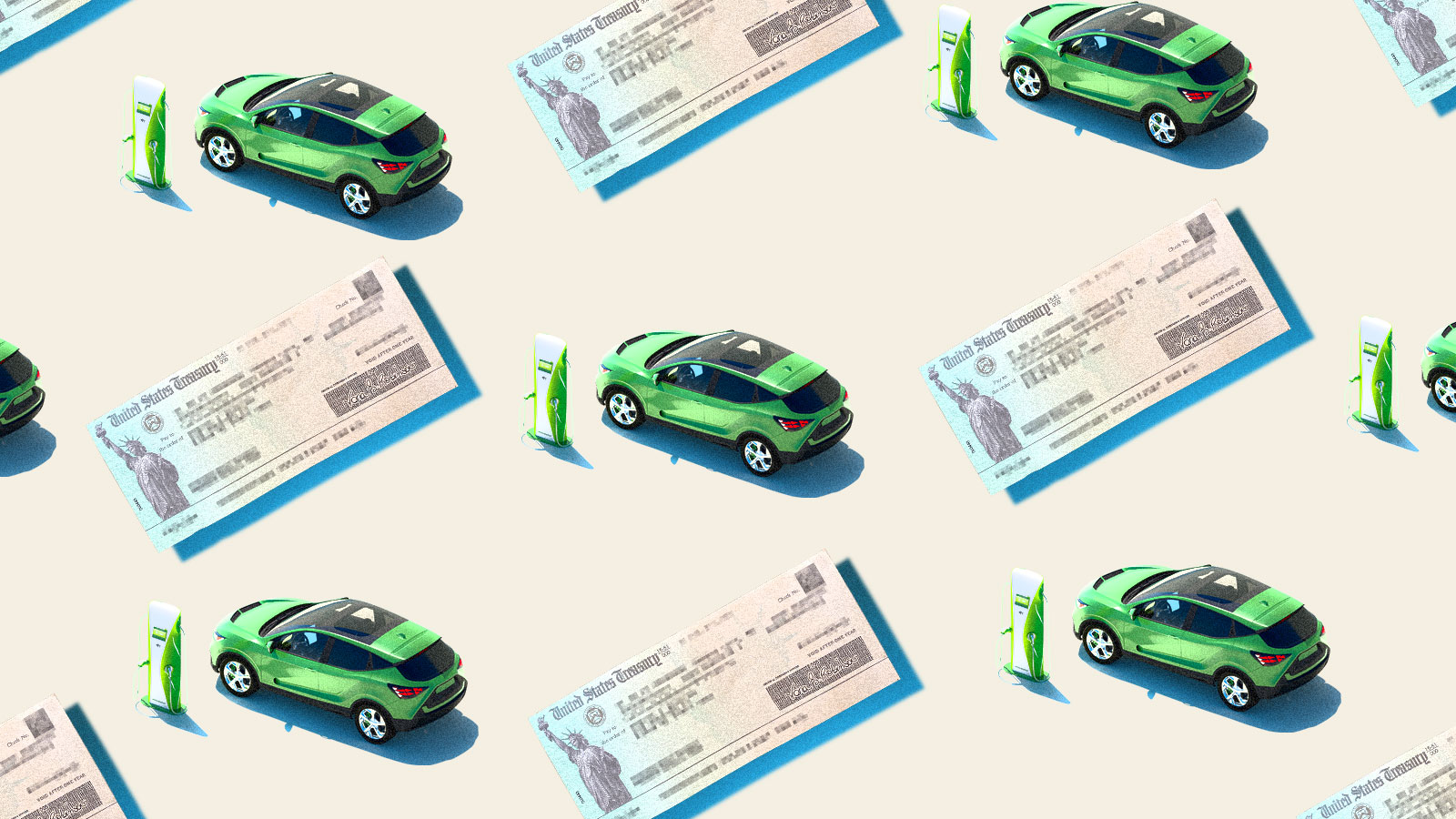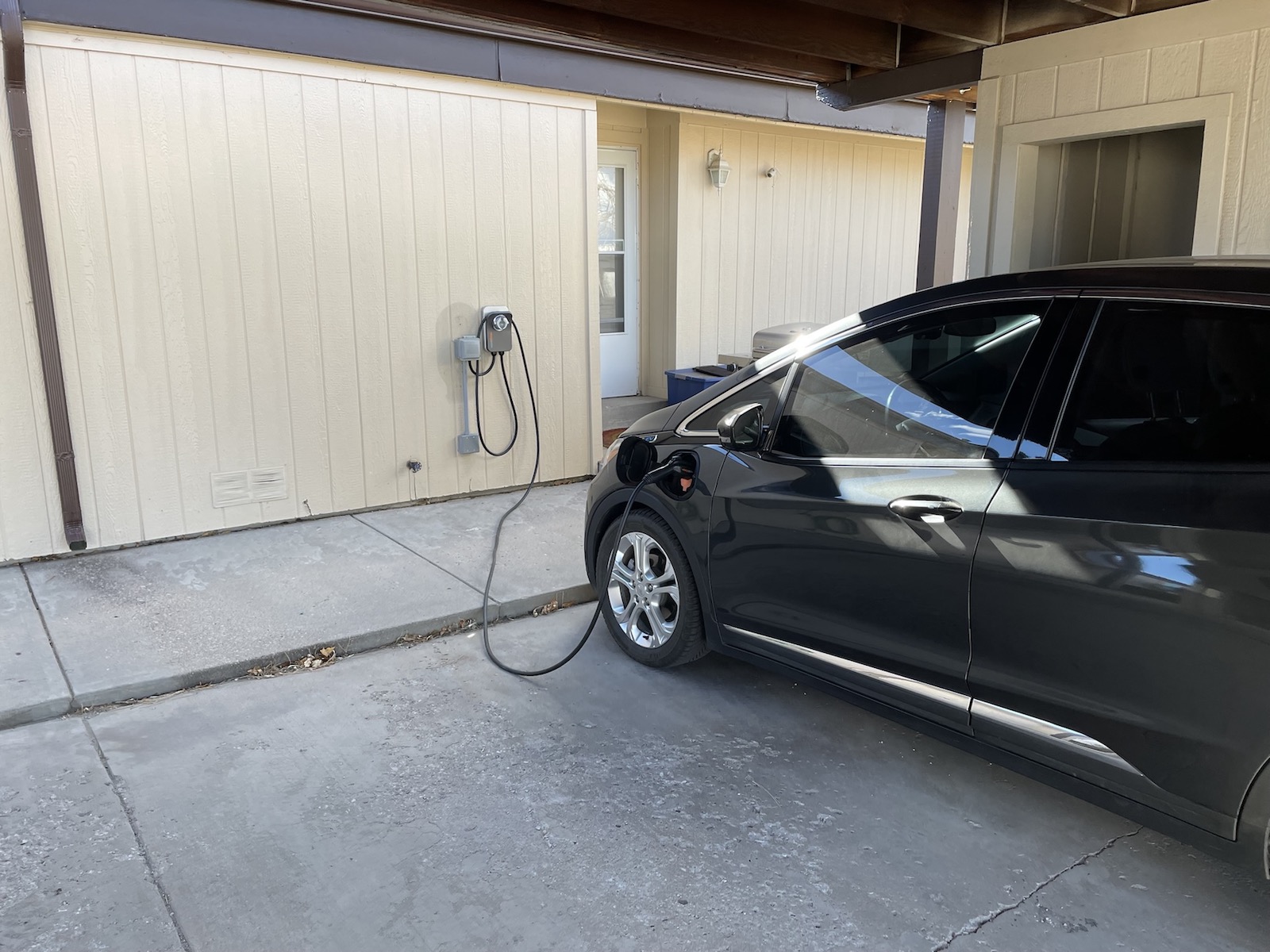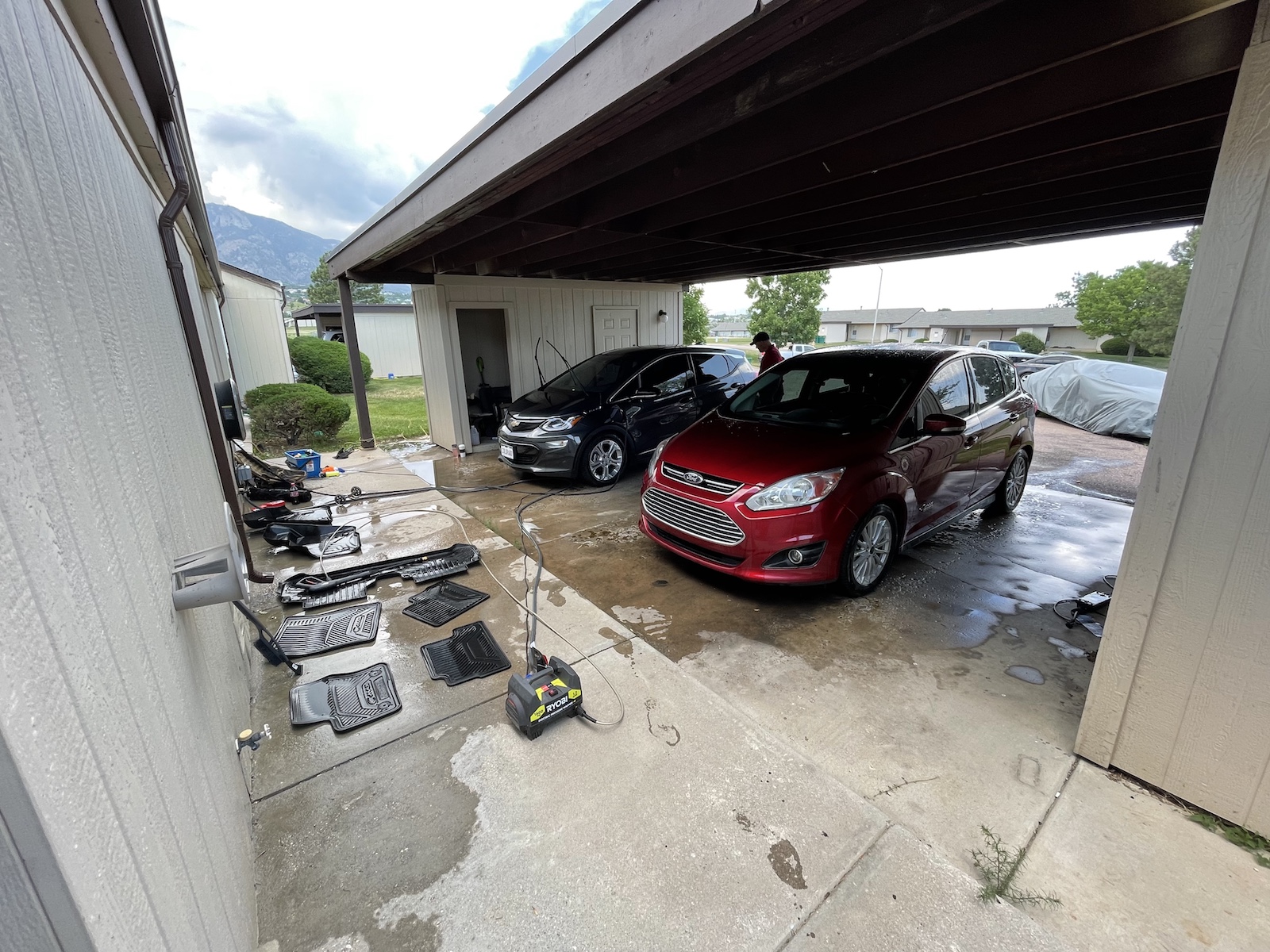When Bradley Wilkinson and his husband were planning their move from Fayetteville, North Carolina, to a small Army base outside Colorado Springs, they were already worried about where they would charge their electric car.
Wilkinson, a 31-year-old who works in customer care at T-Mobile, had bought a used Nissan Leaf several years earlier, and although he joked that it wasn’t a particularly high-end vehicle — “It’s the peasant’s Tesla,” he said — he had come to appreciate how cheap it was to run. Because of low electricity costs, driving an electric car is typically three to four times cheaper than driving a gas-powered one.
“Being military, we really don’t make a lot of money,” Wilkinson said. But with the Leaf, he added, “We could always get somewhere.”
Wilkinson and his husband, an infantryman in the Army, didn’t own their own home, and so they needed to negotiate with landlords to get access to charging. Wilkinson called ahead to Fort Carson, the military base, to make sure that there would be a standard 120-volt household outlet available to charge their Leaf outside their quadruplex. This was in the spring of 2017, and after just a couple of weeks in freezing cold Colorado temperatures, however, he realized that the trickle of electricity from the outlet wasn’t going to be enough, as cold weather quickly drains lithium-ion batteries. He went to the leasing office to ask if he could install a faster charger by his parking spot.
To his surprise, the office said no — multiple times. “They weren’t even sure what I was asking,” Wilkinson said.
Wilkinson had fallen into a familiar and frustrating trap for many EV owners around the country. By all accounts, the market for electric cars is booming, with sales on track to double over last year. President Joe Biden has promised that by 2030 half of all new cars sold in the U.S. will be electric, Ford is about to start full production of the F-150 Lightning, an EV version of America’s favorite pick-up truck, and some states have even vowed to phase out gasoline-powered cars entirely.
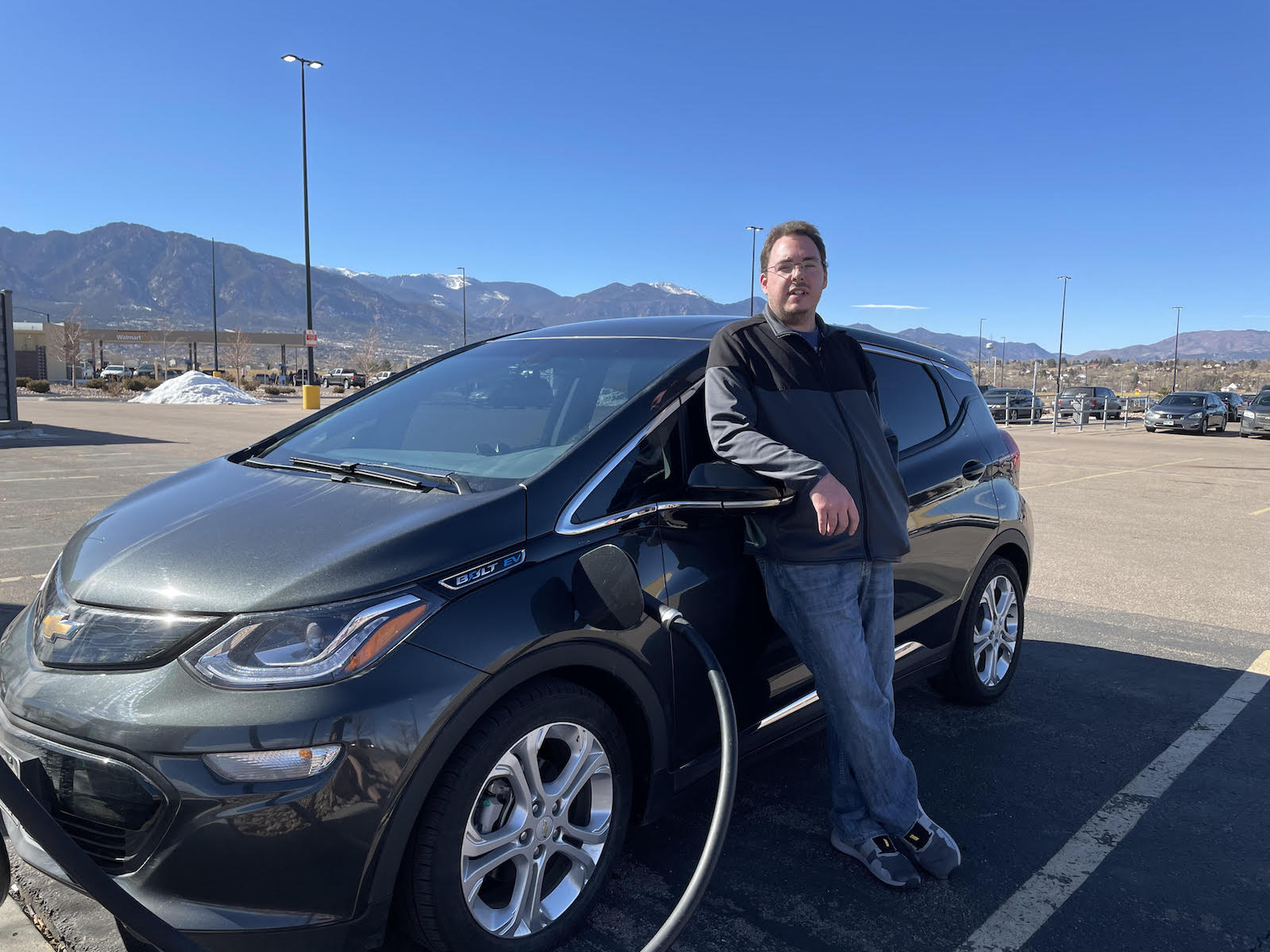
But for the 36 percent of U.S. households who rent their homes, charging an electric car isn’t easy. Apartment buildings and other multi-family homes often have shared parking, which makes it hard to find accessible 120-volt outlets or install faster charging systems. (Electric cars can charge in three ways: on a simple, 110- or 120-volt outlet — found everywhere in a U.S. home — on a faster “Level 2” 240-volt system, or with technology known as “DC fast” charging.) For landlords, however, there’s little incentive to allow tenants to use existing outlets, let alone install new ones.
“The real fundamental issue from a landlord or the property owner point of view is that there’s no money in charging cars,” said Marc Geller, the vice president of Plug In America, an EV advocacy group. Tenants who want to charge their car batteries will gobble up electricity from the parking lot, and — because it’s difficult to connect electricity in the parking lot to renters’ individual units — the landlord often has to cover the bill.
It’s also an equity issue. Unsurprisingly, renters tend to have lower incomes than those who own their own homes; they are also more likely to be Black or Latino. At the moment, according to a report by the International Council of Clean Transportation, 4 out of 5 EV owners live in single-family detached homes. But to cut emissions and pollution from the country’s 250 million gas-guzzling cars — and bring the low cost of electric driving to people who could benefit most — EVs have to be accessible to people living in apartments, condos, townhouses, and all other types of multi-family dwellings.
“This is really something where none of us win if we all don’t win,” Geller said.
Most of the public focus on EV charging revolves around long trips: whether there are enough chargers along highways for interstate road trips, for example, or whether electric cars have enough battery life to avoid “range anxiety.” But the average American only drives about 30 miles per day, a trip easily accomplished in any electric car as long as its battery can get filled up overnight.
The vast majority of Americans with electric cars charge up at their homes. According to an estimate from the Department of Energy, over 80 percent of EV charging happens at the owner’s house. One simple reason is that it can take anywhere from two to 22 hours to fill up an empty battery. An electric car charging on a standard 120-volt outlet will replenish the battery by two to five miles of range every hour; a faster Level 2 charger can add 10 to 20 miles of range per hour. (DC fast charging can add a whopping 80 miles of range in 20 minutes.) While public charging stations are popping up at grocery stores, shopping malls, and community centers around the country, most EV owners don’t want to spend hours at a grocery store waiting for their cars to fill up.
Faced with a lack of chargers in apartment buildings and rental houses, EV drivers have found creative workarounds. Some use high-gauge extension cords to connect a garage parking space to their electric car — with or without the approval of the landlord. One EV owner on Facebook recounted the story of a man in San Francisco who ran an extension cord out the window of his apartment building to his car parked on the street. (Car manufacturers recommend against the use of extension cords, which can overheat and create a fire risk.) Others drop their cars off at nearby dealerships or public chargers overnight and return to pick them up in the morning. Still others charge their cars up at the office before returning home.
But for some Americans, the hassle of hunting for a charger turns them away from electric cars entirely. Behzad Dabu, a 35-year-old actor living in Los Angeles, told me that he considered buying a Tesla after moving into an apartment with an underground parking garage that had several 120-volt outlets available. But after reading his lease, Dabu realized that the building specifically barred tenants from plugging anything into the outlets in the garage. He ended up getting a hybrid instead.
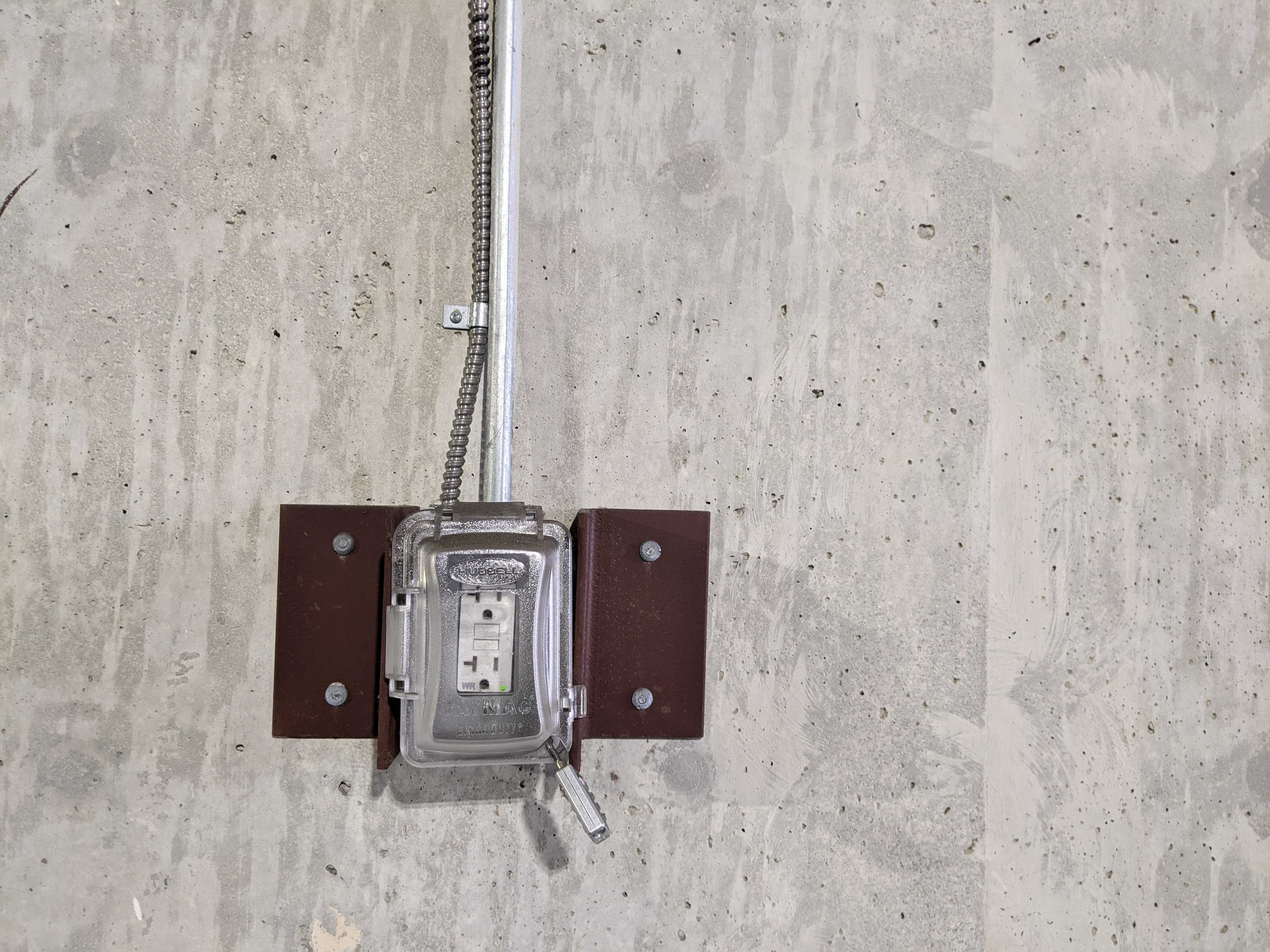
Some landlords and apartment owners are starting to offer EV charging as a key amenity for prospective renters. “It’s all about retaining tenants,” said Mark Dunec, the managing director of FTI Consulting, a real estate consulting firm. “Those landlords that will have charging stations, they’re going to be the ones to obtain tenants as people acquire and lease electric vehicles.”
In some areas, this transition is occurring quickly. Christian Molino, a virtual design and construction engineer with a Tesla Model 3, looked for apartments in Orlando, Florida, earlier this year that specifically included EV charging. “If they didn’t have charging they got scratched right off the list,” he said. He estimates that around 25 to 30 percent of the buildings he looked at had chargers; all the rest had plans to install charging over the next several years. He eventually settled on a spot that had four Level 2 chargers in the apartment garage — about one for each of the EV owners in the building.
But according to Mike Nicholas, a researcher for the electric vehicle program at the International Council on Clean Transportation, apartment buildings with chargers tend to be on the higher end or luxury side. Most landlords, he said, “just don’t know about it, or find it confusing.”
Some have suggested that installing more superfast chargers around the country could be the solution. The Biden administration, for example, has emphasized that fast, public chargers could help fill in the gaps for Americans without off-street parking. But fast charging is up to four times more expensive than home charging — meaning that lower-income households won’t get the full benefit of having an electric car. “In some cases, fast charging could end up costing more than gas,” Nicholas said.
After a few weeks of tussling with property managers at Fort Carson, Wilkinson gave the leasing office a copy of Colorado Title 38, Article 12, Part 6, which gives tenants the right to install charging at their apartments or rented homes. Wilkinson said he offered the leasing manager three options: comply with the state’s “right-to-charge” law, end his lease without penalty, or meet him and his husband in court.
The property managers complied, ultimately agreeing to install a Level 2 charger for Wilkinson’s Chevy Bolt two months after his first request. (He had replaced the Nissan Leaf after an accident). They even agreed to pay most of the cost of the installation: Wilkinson’s share came to about $500.
Bradley Wilkinson’s electric vehicle charges outside the quadruplex where he lives. Images courtesy of Bradley Wilkinson.
“Right-to-charge” laws are currently on the books in Colorado and eight other states: Maryland, New Jersey, Virginia, New York, Florida, Oregon, Hawaii, and California. While they can help tenants, as in Wilkinson’s case, they also come with drawbacks. Most require tenants to pay for the entire cost of the charger installation, which for Level 2 charging can cost between $1,000 and $3,000. “The financial burden falls on the EV owner,” Nicholas said. Because renters often only sign one- to two-year leases, he added, “they can’t really get the benefits over a long period of time.”
Other potential fixes are still in progress. The bipartisan infrastructure bill, which Biden signed into law last month, includes $7.5 billion dedicated to electric charging and alternative fuel infrastructure, but there’s still little information about what kind of chargers will be built and where. According to a fact sheet from the White House this week, the funds will prioritize building public chargers in “rural, disadvantaged, and hard-to-reach locations.”
Another option is for cities and states to revamp their building codes: In 2017, for example, San Francisco mandated that all new residential or commercial buildings be “EV ready” starting the following year, with enough electrical capacity for cars to charge in at least 20 percent of the parking spots. Though that doesn’t mean that the building owners have to install chargers, it does dramatically cut costs should they decide to do so later on. EV advocates are pushing the entire state of California to do the same in its new building codes. Similar moves are happening abroad: The U.K. government announced new rules last month that would require EV chargers to be installed in all new residential and commercial buildings.
A few startups are also trying to help accelerate the shift. Companies like Plugzio in Richmond, Canada, and Orange in San Mateo, California, provide easy-to-install, cheap charging ports that allow landlords to easily monitor and charge tenants for electricity costs. And some cities are working on developing on-street charging for EV owners who don’t have access to off-street parking. Nicholas points to the example of Amsterdam, where the city government ran a program to provide on-street charging systems for free to residents who asked for them. In London, Siemens and a German company called Ubitricity have started converting lamp posts into charging stations for curbside parking. The city of Seattle, Washington, offers a lower-tech solution: Residents are allowed to run an extension cable over the sidewalk with a cord cover on it.
Geller hopes that policymakers will focus on such easy, cheap solutions — more 120-volt outlets, for example, rather than installing lots of expensive Level 2 or DC fast chargers. But ultimately, he says, Americans just need more chargers in their homes. Although 90 percent of the media conversation is about public charging, he says, 90 percent of charging happens at home.
“I’ve met and talked to too many people who really wanted to do the right thing,” Geller said. “They got an electric car, then had to rely on public charging — and it was just a burden.” Some of those drivers, he says, ended up giving up their electric cars. And they aren’t alone: According to a 2015 study from researchers at the University of California, Davis, 1 out of 5 EV drivers switches back to a gas-powered vehicle. The top reason? Dissatisfaction with the convenience of charging.
Wilkinson doesn’t regret his decision to go electric, even though it’s forced him to jump through hoops to get his car charged at home. “I remind myself that my experience is going to help people that are in a position like me 15, 20 years from now,” he said. Since his tussle with the leasing manager, three other EV chargers have been installed at homes in Fort Carson.

